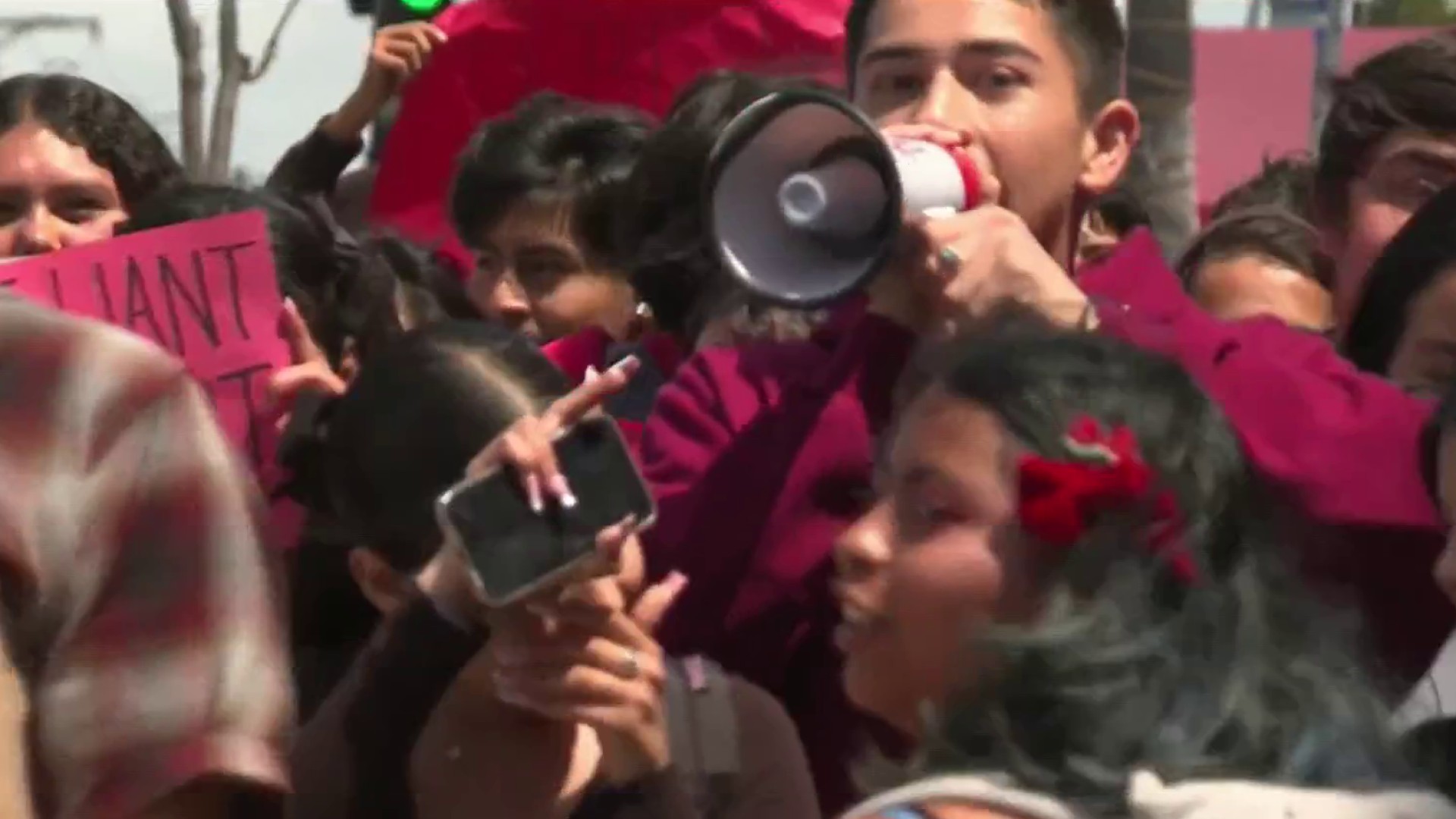A technical glitch prevents the city from reporting its ambulance emergency response times, according to a recent city memo.
For years, the city has vowed to improve its failing emergency response times after multiple reports and investigations revealed emergency responders were arriving too late to high-priority calls, particularly in underserved communities like Paradise Hills, Skyline and Encanto.
The city requires its ambulance contractor, Rural Metro, to arrive at a medical emergency within 12 minutes at least 90 percent of the time.
But for the first six months of this year, the city can't tell whether those goals were met because of a technical problem.
"Beginning in April and May of this year, we noticed we were having some response time data errors popping up," said San Diego Fire-Rescue Department Chief Javier Mainar in an exclusive interview with NBC 7. "San Diego, it was showing ambulances arriving at a scene before they were ever dispatched and so on."
Mainar said the issue has been fixed.
"We ended up buying a new server to create what's called a trusted time source, so now everything points to the same server so it's getting its time data from a single source," Mainar said.
Local
NBC7's media partner Voice of San Diego exposed problems with response times back in 2013, finding the issue is particularly prevalent in underserved communities.
That investigation focused on first responders, who arrive in fire engines, while the more recent problem is with ambulance responders.
Voice of San Diego Senior Editor Liam Dillon said the technical glitch is a big problem.
"The city should be concerned when it doesn't know things that are important," Dillon said. "Clearly, showing up when people have emergencies is an important thing."
The city's $10 million contract with Rural Metro says the company can be issued penalties if it doesn't meet the goal of arriving within 12 minutes at least 90 percent of the time.
Mainar said the city will have accurate data by mid-October, and there has been some improvement in response times.
"We had some initial improvement because of the addition of the ambulance at the border," he said.
Still of concern, Mainar said, is a sharp increase in 911 calls and labor issues with Rural Metro that have affected response times.
In the last fiscal year, the fire department received 142,528 calls for emergency response, and about 120,000 of those calls were medical calls.



